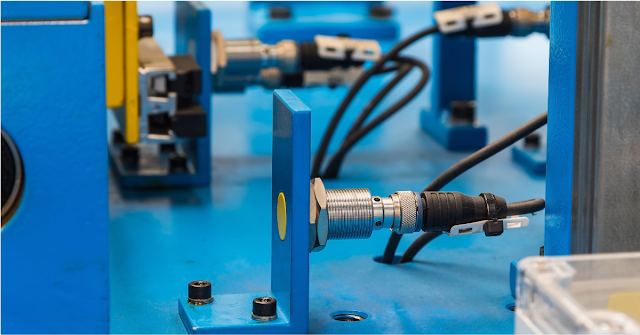In the world of industrial automation and control systems, precision and simplicity are key. One such compact, user-friendly input device used in various control applications is the thumb wheel switch. This small yet powerful component allows operators to manually set numeric values using their thumb — hence the name!
What is a Thumb Wheel Switch?
A thumb wheel switch is a type of rotary input device that lets users select numerical digits (typically 0–9) by rotating a small wheel with their thumb or finger. The selected number can be read by a digital system such as a PLC (Programmable Logic Controller).
It’s commonly used in:
-
Setting timer values
-
Address selection for communication devices
-
Manual data input in control panels
-
Industrial machines for speed or pressure settings
Types of Thumb Wheel Switches
-
Mounting style: Panel mount or PCB mount
-
Display: Mechanical or LED digital display
-
Output: BCD (Binary Coded Decimal), Gray code, or direct decimal
Applications in Industrial Automation
Thumb wheel switches are popular in automation because:
-
They’re simple to use
-
Provide accurate and reliable input
-
Work well in harsh industrial environments
-
Require no programming knowledge for manual setting
Typical use cases include:
-
Human-Machine Interfaces (HMIs)
-
PLC control inputs
-
Conveyor systems
-
Custom machinery
Benefits of Using Thumb Wheel Switches
-
Compact and space-saving
-
No power needed for mechanical versions
-
User-friendly manual input
-
Long-lasting durability
-
Easily integrated into control panels
Conclusion
Whether you’re an automation engineer, electrical
technician, or simply a curious learner, understanding components like
the thumb wheel switch adds great value to your technical toolbox. It
may look small, but it plays a big role in manual control systems and
industrial interfaces.








0 Comments